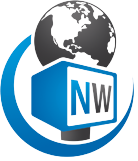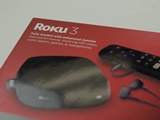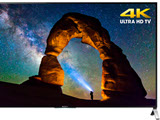Hubble Telescope
The Hubble Space Telescope Turns 25
April 30, 2015 3:00 PM ET
by: Bryan Tropeano
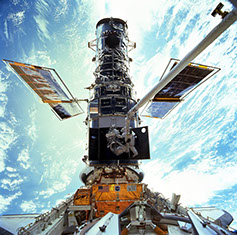 Being the space nerd that I am, I pretty much love everything NASA brings to the table. One of the longest lasting and most impressive pieces of Hardware NASA has come out with during my lifetime is the Hubble Telescope. The Hubble telescope was launched into orbit in 1990 aboard the Space Shuttle ‘Discovery’ with the intention of capturing high resolution images and relaying them back to Earth.
Being the space nerd that I am, I pretty much love everything NASA brings to the table. One of the longest lasting and most impressive pieces of Hardware NASA has come out with during my lifetime is the Hubble Telescope. The Hubble telescope was launched into orbit in 1990 aboard the Space Shuttle ‘Discovery’ with the intention of capturing high resolution images and relaying them back to Earth.
While the Hubble telescope was not the first telescope to be launched into orbit, it is probably the most impressive. The Hubble Telescope measures 43ft by 14ft and has some pretty impressive equipment on board that enables it to observe in the near ultraviolet, visible and near infrared spectra.

The telescope was positioned just outside of the distortion of the Earth’s atmosphere, allowing it to take very high quality images that delve into deep space with negligible background light to affect the spectacular images it takes.
In addition to being well positioned outside of earth’s distortion, the other unique feature of the Hubble telescope at the time of its launch was its design. The Hubble was designed to be serviced in space by astronauts. This servicing has taken place numerous times throughout the life of Hubble, starting just 3 years after its initial launch. This ability has enabled the telescope to be constantly upgraded and regularly maintained – part of the reason why it is still performing so well today, 25 years after its initial launch.
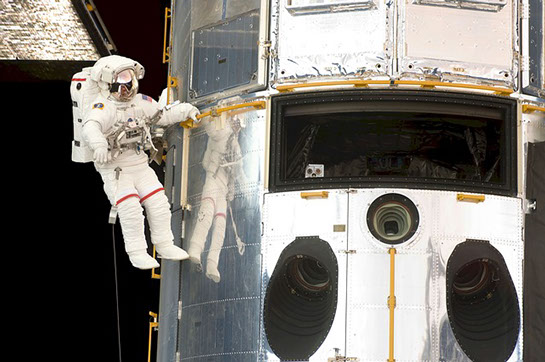
Some of Hubbles Major Achievements
The Hubble telescope has been responsible for some of the most ground-breaking images taken in space and these have led to some amazing discoveries. Some of these discoveries include:
Dark Energy
The Hubble telescope made some of the key observations that highlighted the effects of dark energy. These discoveries have helped scientists begin to understand dark energy and the knowledge that it is an opposite force to gravity, accelerating the universes expansion rate.
The age of the Universe
The Hubble telescope also played a key role in determining the age of the universe and enabled scientists to narrow their estimate which started off somewhere between 10 to 20 billion years old and after readings from Hubble was narrowed down to between 13 and 14 billion years old and with an accuracy of around 10%. This new information was gained thanks to the Hubble telescopes ability to observe and report on Cepheid variable stars. The pulsating nature of these stars enabled scientists to measure great distances and that information could then be used to determine the speed of the universe’ expansion and ultimately lead to the estimate of its age.
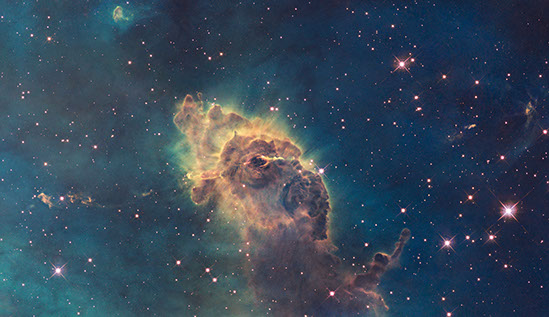
The Big Bang Theory
No, not the popular show on primetime TV, we’re talking about the origins of the Universe. The Hubble space telescope has helped to trace the origins of the Universe and shed light on the theory of the big bang. The telescope has managed to capture images of explosions far out in space that are known as gamma-ray bursts. These explosions originate from far away galaxies and are thought to be the nearest thing to the big bang that still occurs today. Thanks to the Hubble telescope, scientists were able to confirm the exact origins of these massive explosions which were found to be the collapse of massive stars.
The future of the Hubble space telescope
The Hubble space telescope was overhauled for the last time in 2009 and was expected to retire in 2015. However, because the space telescope is still in such good condition and its instruments are still functioning, NASA officials have said that they are now expecting it to stay in operation until at least 2018 – or as long as its instruments continue to function.
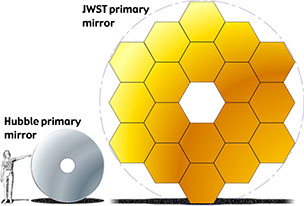 The Hubble has made some extraordinary achievements during its time, and like many NASA projects it has outlived its lifespan and far exceeded what we thought possible. There is a superior telescope coming soon (It only took 25+ years to outdo the Hubble!). It is called the James Webb Space Telescope, and its primary mirror will be over 21 feet, compared to Hubbles which is a little over 7 feet. We are excited to see what the future of the JWST brings, but for now, we love seeing everything Hubble sends back to earth of the galaxies far, far away.
The Hubble has made some extraordinary achievements during its time, and like many NASA projects it has outlived its lifespan and far exceeded what we thought possible. There is a superior telescope coming soon (It only took 25+ years to outdo the Hubble!). It is called the James Webb Space Telescope, and its primary mirror will be over 21 feet, compared to Hubbles which is a little over 7 feet. We are excited to see what the future of the JWST brings, but for now, we love seeing everything Hubble sends back to earth of the galaxies far, far away.


ABOUT NEWSWATCH
NewsWatch is your trusted source for breaking consumer, technology, travel, health, and entertainment news. We air on the Discovery Channel and ION Network.
The show is hosted by Andrew Tropeano and features reports by Susan Bridges, Joe Toohey, Amanda Forstrom, Mallory Sofastaii, and Scott Steinberg on technology news.
ABOUT THE AUTHOR
![]() Bryan Tropeano is a senior producer and a regular reporter for NewsWatch. He lives in Washington D.C. and loves all things Tech.
Bryan Tropeano is a senior producer and a regular reporter for NewsWatch. He lives in Washington D.C. and loves all things Tech.
You May Also Like
Cuba Business
Cuba Open for Business to US Companies
Roku 3
What to Expect with the new Roku 3
Sony 4K Ultra TV
Sony's New 2015 4K TVs are Super Slim


